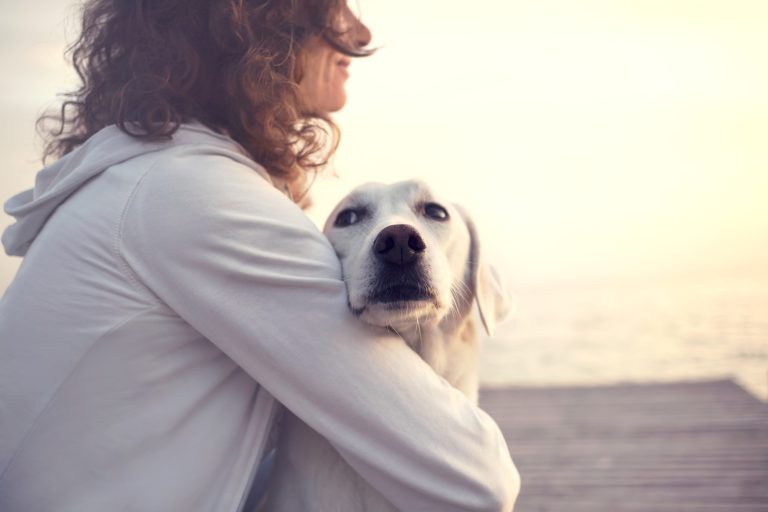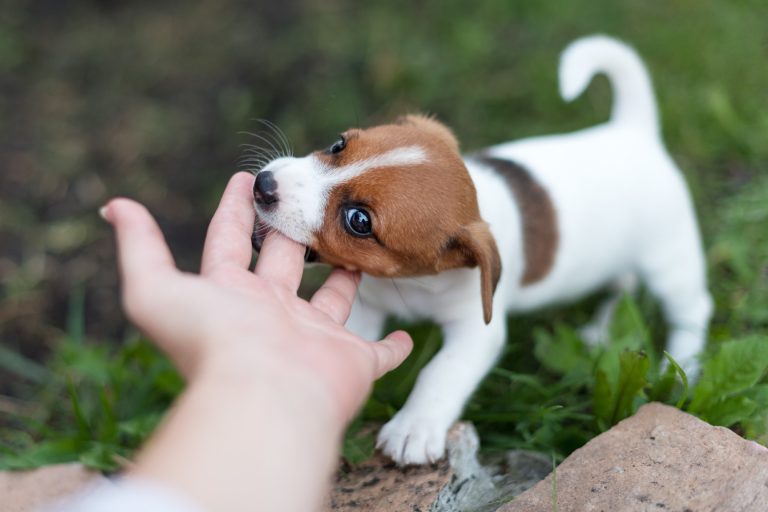What You Need to Know About Blue French Bulldog
A Blue French Bulldog is an excellent choice for a dog that is fun and easy to train. However, there are a few important things to look for before buying a Blue puppy. These include registration papers and certification papers from the parents, which will give you an idea of the pedigree of your Blue dog. These documents will also let you know about any health issues or genetic issues that may affect your new pet.
Breed standard
The Blue French Bulldog is a color variant of the breed. The coat color of this French Bulldog is medium and soft. The French Bulldog breed standard allows for a variety of colors, including pied. While this color variant is rare, it’s a valid variant and is acceptable for AKC show rings.
In the United States, the Blue French Bulldog breed standard allows for a variety of colors. Although its color is considered unattractive, it’s not considered a flaw. This color variation was first described in 1897, and has remained a popular variant ever since. However, the French Bulldog breed standard was changed in 1912 and is now available for public viewing on breed sites.
Appearance
The Blue French Bulldog is the rarest and most desirable color of the French Bulldog breed. These dogs have the same size and personality as other Frenchies, but are bluer in appearance. This is a result of a gene dilution. Like other Frenchies, blue Frenchies can be either solid or patterned.
The reason behind the blue coloration in the coat of this breed is a recessive allele in a gene that controls coat color. It means that the coat turns from black to blue, giving the dog its unique color. This is an attractive trait to many owners, as it makes the dog stand out from other animals. The coloration can be uniform or patchy, and the eyes are typically light blue.
Health
The Blue French bulldog has a range of common health problems, including hip dysplasia. This condition can be caused by genetics, obesity, and physical activity. It can result in difficulty walking or hopping, and may cause clicking noises from its hips. It is important to consult with a veterinarian if you suspect your dog may have this condition.
Because of its short nose, the French Bulldog has a high risk of developing conjunctivitis. These infections are typically caused by bacterial or viral infections, but can also be triggered by allergic reactions. The eye may become pink or red, and the dog may begin blinking excessively. If the condition persists, however, it may be a sign of a more serious issue.
Housebreaking
Whether you have an adult Blue French Bulldog, a puppy, or a puppy who needs help housebreaking, you can use a dog housebreaking service to help you. Housebreaking a French Bulldog is an important process, and you can begin the process by removing obstacles in the home and providing plenty of mental and physical stimulation.
When housebreaking a French bulldog, it is important to use a crate. This helps prevent accidents and is designed with see-through bars and a locking door. You should get a crate that is large enough for your dog to lie down and stand up comfortably. Once your dog is housebroken, you should take him outside for at least three hours, and ideally every two hours.
Eyelash disorders
Blue French Bulldogs are prone to eyelash disorders, including distichiasis. This condition occurs when extra hairs grow from the eyelid’s Meibomian gland opening. This can cause irritation to the eye and corneal ulceration. It can also lead to loss of sight.
This disorder causes the eyelashes to rub against the cornea. If left untreated, it can lead to corneal damage, scarring, and ulceration. Other symptoms include redness and pain. The condition can be treated with antibiotic medicines or surgery.
Health care
Blue French Bulldog health care requires attention to all the details of the dog’s physical appearance. Because they do not run with their nails, regular brushing and bathing is essential. Blue bulldogs should also have regular checkups to check for heartworm and intestinal parasites. Regular dental care is also essential for this breed. You can perform at-home dental care to keep your dog’s teeth in good condition.
Blue French Bulldogs do not do well in extremely hot weather. Their small snouts make it difficult for them to regulate their body temperature, so owners should keep their dogs indoors when the weather is hot. Keeping your dog indoors with an air conditioning system is an effective way to prevent heatstroke. Keep the dog warm by dressing them in layers of clothing. This breed can also be dangerous during birth, so you should keep an eye on the temperature of your home.






